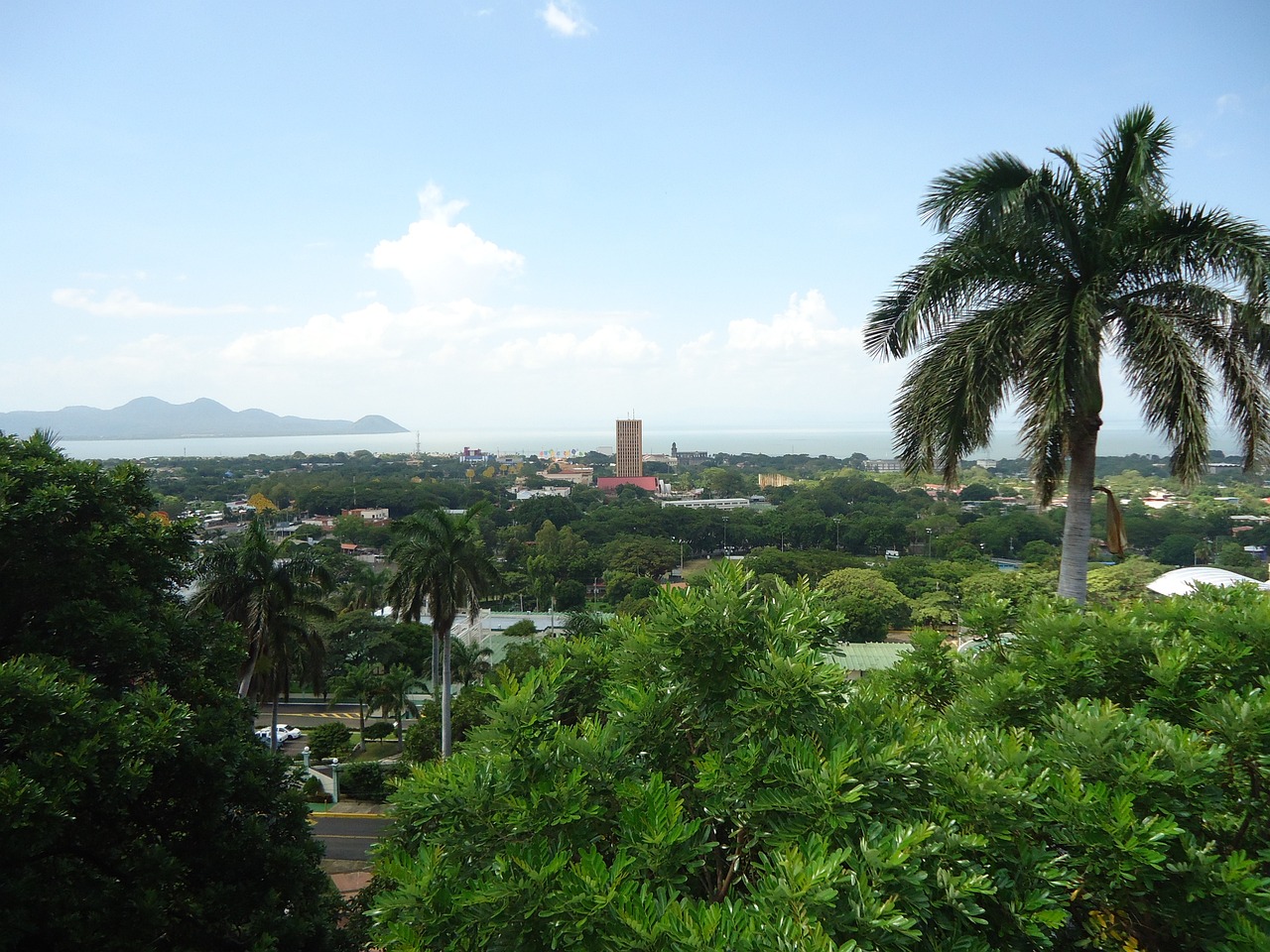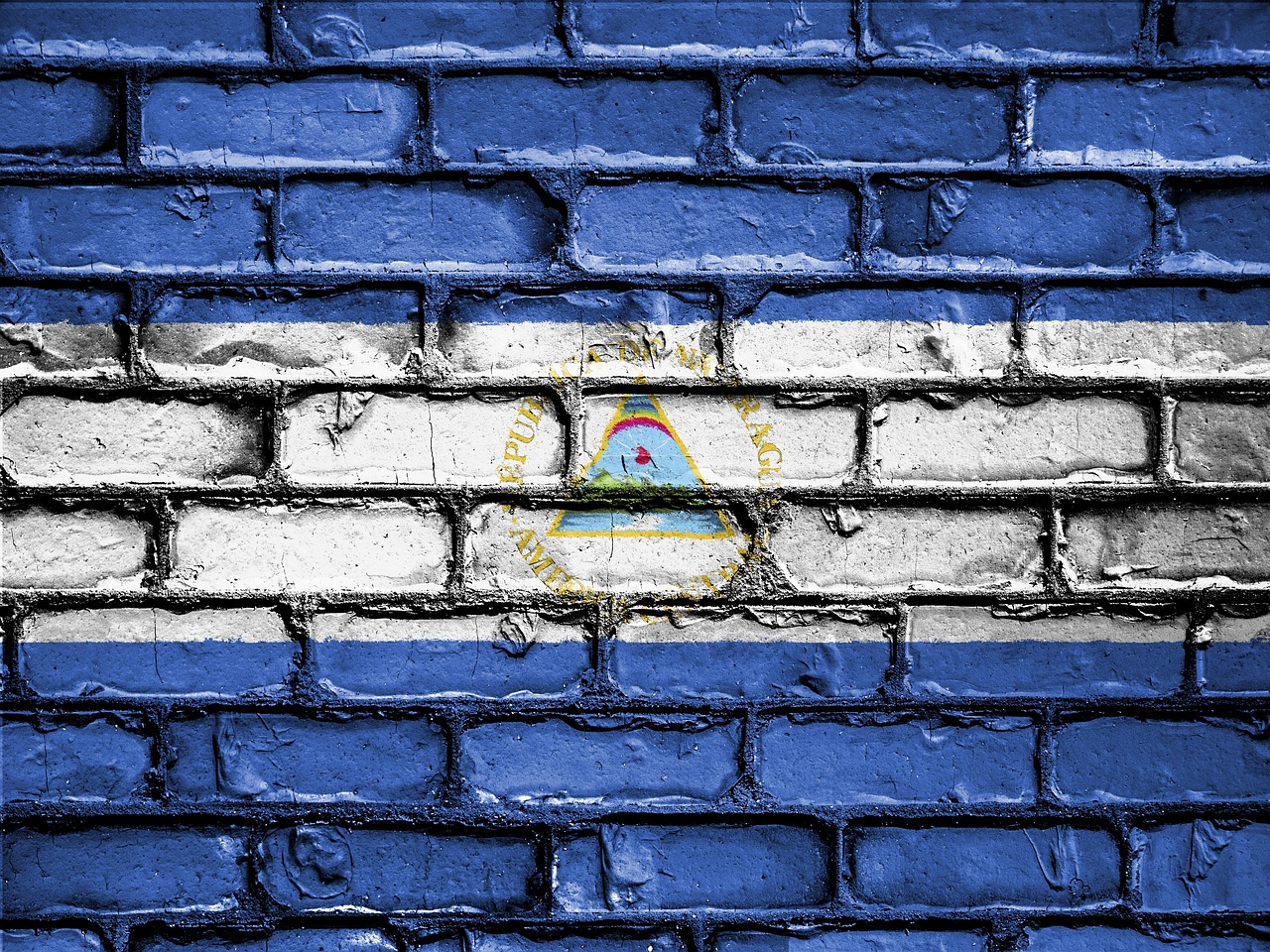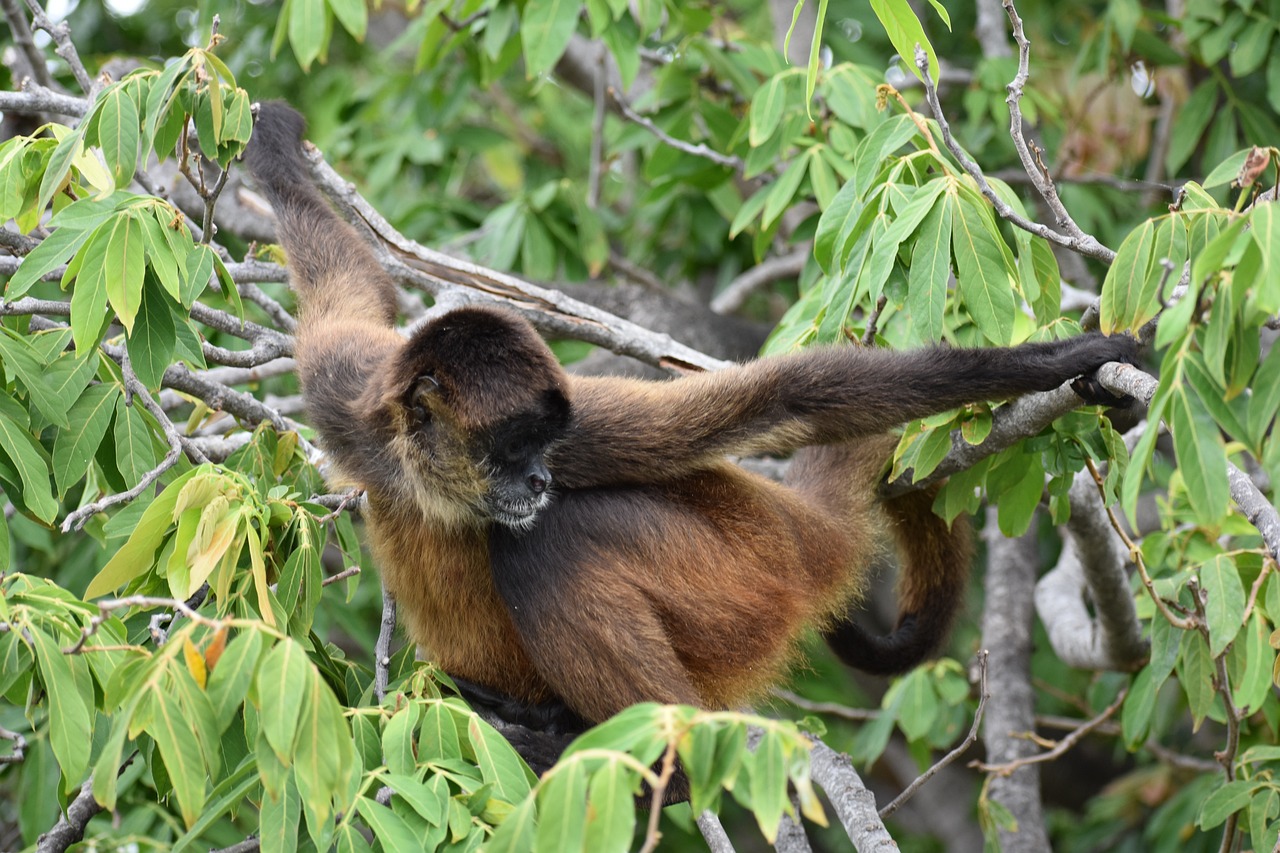Nicaragua Video
Local Celebrations and Holidays: What to Expect in Nicaragua
Nicaragua is a vibrant country in Central America known for its rich culture and diverse traditions. The country celebrates a variety of local celebrations and holidays throughout the year, offering visitors a unique opportunity to immerse themselves in the local culture. From religious festivals to national holidays, Nicaragua’s celebrations are filled with color, music, and joy. In this article, we will explore some of the most prominent local celebrations and holidays in Nicaragua, providing you with insights into what to expect and how to make the most of your visit.
Fiestas Patronales
Fiestas Patronales, or patron saint festivals, are popular celebrations held in different towns and cities across Nicaragua. Each town has its own patron saint, and the festival is dedicated to honoring and celebrating the saint. These festivals usually last for several days and include a variety of activities such as processions, music performances, traditional dances, bullfights, and fireworks. The streets are adorned with colorful decorations, and locals and visitors come together to enjoy the festive atmosphere.
- Processions: The festival often begins with a solemn religious procession where the statue of the patron saint is carried through the streets. This is a deeply religious and symbolic event that showcases the strong faith of the Nicaraguan people.
- Music and Dance: Music and dance are integral parts of Fiestas Patronales. Traditional folk dances, such as the Palo de Mayo, are performed, accompanied by lively music played on traditional instruments like marimbas and guitars.
- Bullfights: Bullfights, known as “corridas de toros,” are a traditional part of the celebrations. The bullfights in Nicaragua are different from those in Spain, as the bulls are not killed during the event. Instead, they are released back to the wild after the fight.
- Fireworks: The nights of Fiestas Patronales are illuminated by vibrant fireworks displays. Locals and visitors gather to watch the colorful explosions in the sky, creating a magical atmosphere.
Nicaragua Image 1: 
Semana Santa
Semana Santa, or Holy Week, is a significant religious celebration observed throughout Nicaragua. It takes place in the week leading up to Easter and commemorates the passion, death, and resurrection of Jesus Christ. Semana Santa is a time of reflection and devotion for Nicaraguans, and the celebrations are marked by religious processions, reenactments of biblical events, and special church services.
- Religious Processions: Semana Santa is known for its elaborate processions, where participants dress in traditional biblical costumes and carry religious statues through the streets. These processions attract large crowds of both locals and tourists.
- Stations of the Cross: The Stations of the Cross is a reenactment of Jesus’ journey to Calvary. It involves a series of 14 stops, each representing a significant event in the crucifixion of Jesus. Many communities set up temporary stations along the procession route.
- Church Services: Churches hold special services throughout the week, including Masses, prayers, and sermons. These services provide an opportunity for worship and reflection.
- Traditional Foods: Semana Santa is also a time when traditional Nicaraguan dishes are prepared and shared. One popular dish is “vigilante,” a sweet treat made from fried plantains and cheese.
Independence Day
Independence Day is one of the most important national holidays in Nicaragua. Celebrated on September 15th, it commemorates Nicaragua’s independence from Spain in 1821. The day is marked with patriotic parades, music performances, fireworks, and cultural events held across the country.
- Patriotic Parades: Schools, organizations, and military groups participate in parades showcasing their national pride. The streets are filled with colorful floats, marching bands, and people dressed in traditional costumes.
- Music Performances: Independence Day celebrations feature live music performances, including traditional folk music and patriotic songs. Nicaraguans take great pride in their musical heritage, and these performances showcase the country’s vibrant music scene.
- Fireworks: As night falls, fireworks light up the sky, adding to the festive atmosphere. Families gather in parks and public spaces to watch the dazzling displays.
- Cultural Events: Cultural events, such as art exhibitions, theater performances, and dance shows, are organized to celebrate Nicaragua’s rich cultural heritage.
Nicaragua Image 2: 
La Purísima
La Purísima is a unique religious celebration that takes place in early December, dedicated to the Immaculate Conception of the Virgin Mary. During this time, Nicaraguan households set up altars adorned with flowers, candles, and religious icons. The altars are visited by neighbors, friends, and family members who sing hymns and pray together.
- Altar Decoration: Creating the altar is a central part of La Purísima. Families showcase their creativity by arranging flowers, fruits, and other decorative items to honor the Virgin Mary.
- Singing and Praying: Visitors gather around the altar to sing traditional hymns called “güirilas” and recite prayers. The atmosphere is filled with joy and devotion.
- Traditional Foods: During La Purísima, traditional Nicaraguan sweets and drinks are prepared and shared with visitors. One popular sweet treat is “rosquillas,” a type of ring-shaped cookie made from cornmeal.
- Processions: In some communities, processions are organized, where participants carry a statue of the Virgin Mary through the streets, accompanied by music and prayers.
Carnival
Carnival is a lively and colorful celebration that takes place in various cities and towns across Nicaragua. It usually occurs in February or March, leading up to Lent. During Carnival, the streets come alive with music, dance, parades, and vibrant costumes.
- Parades: Carnival parades are a highlight of the celebrations. Participants dress in elaborate costumes, dance to lively music, and throw confetti and streamers into the crowd.
- Masked Dances: Traditional masked dances, such as the “Gigantona” and the “Enano Cabezon,” are performed during Carnival. These dances are accompanied by traditional music and are a unique cultural experience.
- Water Activities: In some towns, water activities are part of the Carnival festivities. People engage in water fights, drenching each other with water balloons and water guns to beat the heat and add to the fun.
- Street Food: Carnival is a great time to indulge in delicious street food. Vendors line the streets, offering a variety of tasty treats like grilled meats, fried plantains, and sweet desserts.
Nicaragua Image 3: 
Conclusion
Nicaragua is a country that truly knows how to celebrate. The local celebrations and holidays provide a glimpse into the rich cultural heritage of the nation. Whether you find yourself participating in Fiestas Patronales, experiencing the solemnity of Semana Santa, joining the patriotic fervor of Independence Day, embracing the devotion of La Purísima, or immersing yourself in the vibrant energy of Carnival, each celebration offers a unique experience that will leave a lasting impression. So, plan your visit accordingly and get ready to immerse yourself in the joyous spirit of Nicaragua’s local celebrations.
References
– Visit Nicaragua: visitnicaragua.us
– Lonely Planet Nicaragua: lonelyplanet.com/nicaragua
– Nicaragua Tourism Board: turismo.gob.ni


